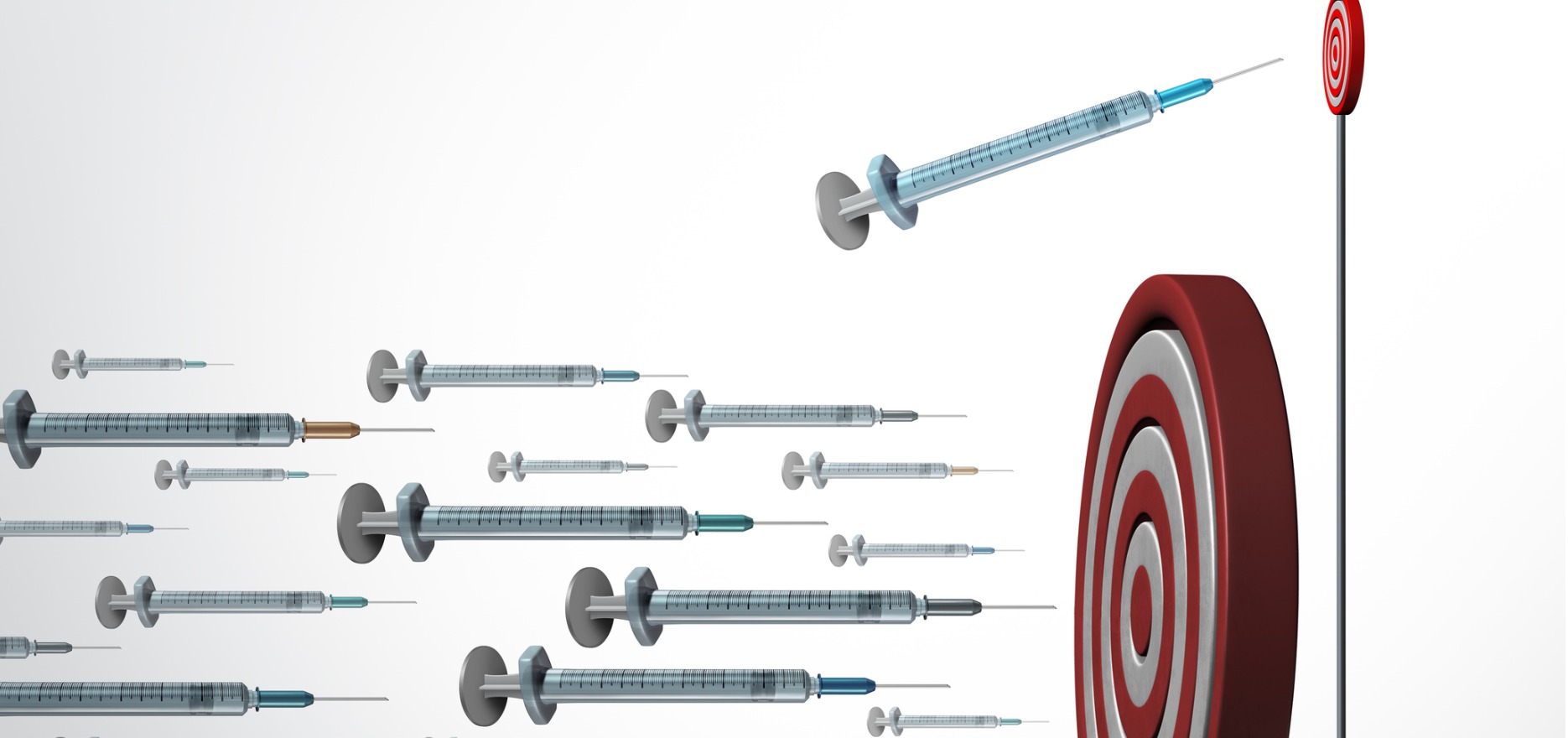
Eligible patients can access subsidised anifrolumab from this week, a move welcomed by Aussie rheumatologists.
Rheumatologists have welcomed the arrival of the first targeted treatment for systemic lupus erythematosus (SLE) to be reimbursed on the PBS.
As of 1 July, anifrolumab (Saphnelo) is available on the PBS for eligible Australians, a move that world-leading Monash University lupus expert Professor Eric Morand describes as a “breakthrough”.
The PBS addition is expected to benefit 1400 patients each year and save almost $20,000 per treatment.
Professor Morand, director of rheumatology at Monash Health and dean of the Sub-Faculty of Clinical and Molecular Medicine at Monash University, led the global phase 3 trial which resulted in the approval of anifrolumab around the world.
It also led the development of outcome measures enabling the cost-benefit of its use by Australian patients to be recognised by the PBS.
“SLE is a debilitating disease with no cure and limited treatments,” Professor Morand said.
“No new therapy has been available on the PBS for SLE in Australia for 60 years and the unmet need for new medicines is urgent.
“The use of new medicines like anifrolumab is now recognised by global treatment guidelines as part of the standard of care, and it is such welcome news that Australian patients now stand to benefit from this breakthrough.”
SLE affects an estimated 20,000 Australians, of whom 90% are women diagnosed between the ages of 15 and 45 years. The prevalence of SLE in First Nations Australians is double that of non-Aboriginal Australians.
More than 50% per cent of patients with SLE develop permanent organ damage, caused by the disease or the existing treatments, which worsens quality of life and increases the risk of mortality.
Professor Morand said many people with SLE lived with ongoing symptoms which were not relieved by currently available treatments.
“The goal of treatment is to move beyond simply managing symptoms to targeting the cause of disease, resulting in attainment of proven states of better health,” he said.
“This listing provides a much-needed treatment option to a complex and chronic disease.”
Vu Nguyen, secretary and founder of Lupus Victoria, which supports people living with lupus and fundraises to advance lupus research, said there had been no significant advancement in lupus treatments for many years.
“It’s important that treatments like anifrolumab are listed on the PBS so that they are affordable and accessible for eligible Australians living with moderate to severe SLE,” she said.
“Lupus Victoria is dedicated to making a difference in the fight against lupus and works to raise funds for vital research to build a brighter future for those affected by this chronic disease.”
The Australian Rheumatology Association put out a statement on the anifrolumab listing for members, including initial treatment criteria:
- Patient must have a confirmed and documented diagnosis of SLE according to the ACR/ EULAR SLE Classification Criteria 2019.
- Patient must have persistent disease activity as supported by a SLEDAI-2K score of at least 10 points.
- Patient must be currently receiving hydroxychloroquine, with treatment received for at least 12 weeks, unless contraindicated/intolerant necessitating treatment withdrawal.
- Patient must be currently receiving immunosuppressant medication, with treatment received for at least 12 weeks, with either: (i) minimum dose of methotrexate 20mg per week, (ii) azathioprine 100mg per day, (iii) mycophenolate 1000mg per day unless contraindicated/intolerant necessitating treatment withdrawal.
- Patient must be currently receiving prednisolone or equivalent of at least 7.5mg per day, with treatment received for at least four weeks, unless contraindicated/intolerant necessitating treatment withdrawal.
- Patient must not have either: (i) severe active lupus nephritis, (ii) severe active central nervous system systemic lupus erythematosus.
Treatment criteria require patients to be treated by a specialist physician experienced in the management of this condition.
“Please note that access to anifrolumab via a part-pay Patient Access Program for patients with moderate to severe, active SLE despite standard therapy who are PBS ineligible will continue to exist,” said the ARA statement to members.
Ben McDonald, country president of maker AstraZeneca Australia and New Zealand, also welcomed the development.
“Saphnelo is the first targeted treatment for severe SLE to be listed on the PBS, which may benefit hundreds of patients every year,” he said.
“I would like to thank the Australian researchers, clinicians and patients for their tireless efforts to ensure this treatment is available on the PBS.”

